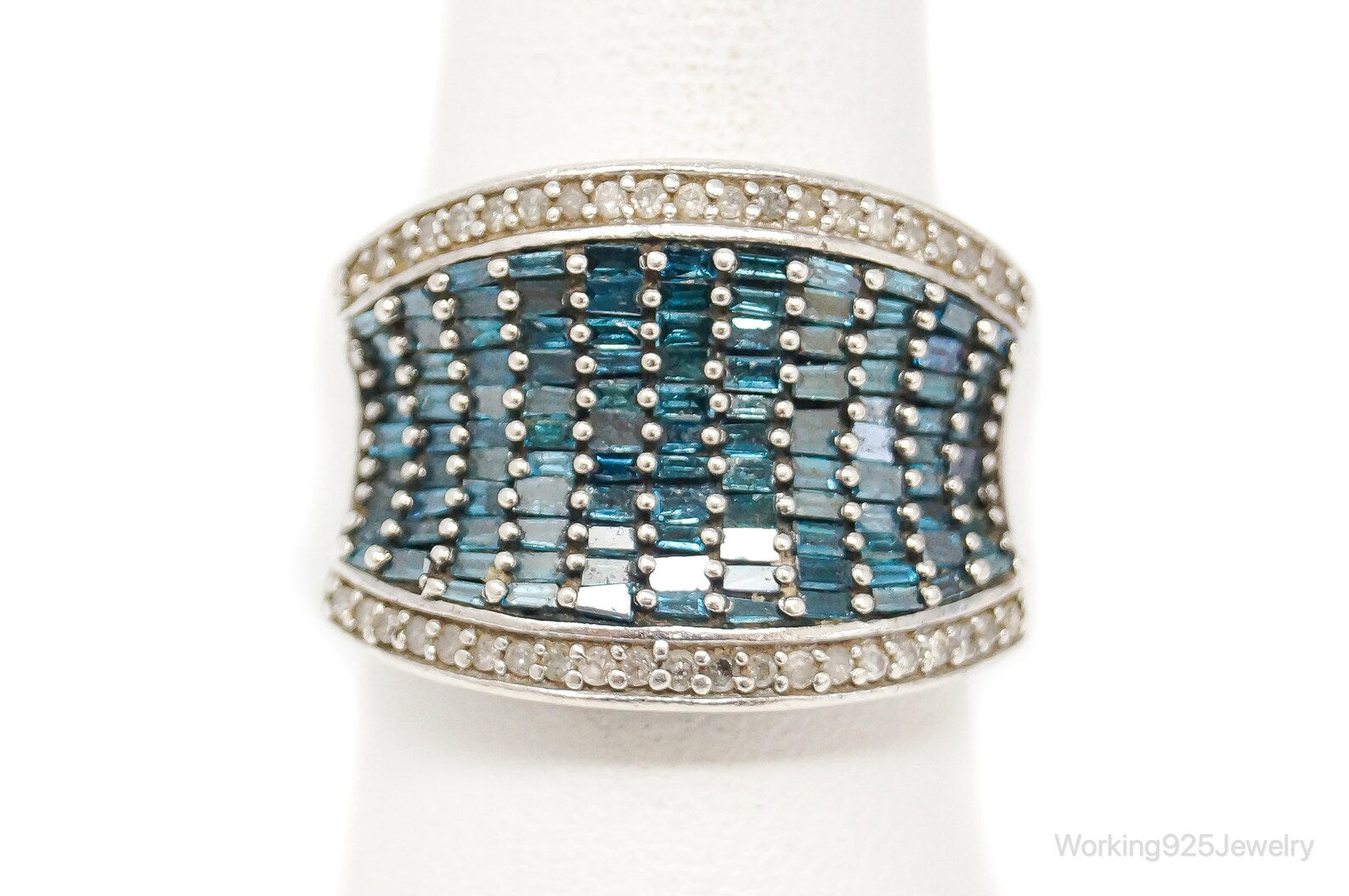Within the realm of fine jewelry, diamonds reign supreme as symbols of enduring beauty and timeless elegance. Among the many facets of diamond enhancement lies a fascinating process that melds scientific innovation with artistic expression: irradiation. In this exploration, we embark on a journey into the captivating world of irradiated diamonds, delving deeper into the intricate science behind their creation and the mesmerizing hues they reveal.
The Science Behind Irradiated Diamonds:
At the heart of irradiated diamonds lies a sophisticated process that harnesses the power of radiation to induce transformative changes within these precious gemstones. This process takes advantage of the diamond's inherent crystal lattice structure, comprised of carbon atoms arranged in a precise and orderly fashion. When subjected to controlled doses of radiation, typically in the form of high-energy electrons or neutrons, the diamond's atomic structure undergoes subtle yet profound alterations.
Understanding the Mechanism:
The irradiation process initiates a cascade of events within the diamond's lattice structure, leading to the creation of color centers—defects in the crystal lattice that absorb specific wavelengths of light and give rise to vivid hues. These color centers can vary depending on the type and intensity of radiation employed, resulting in a diverse spectrum of colors ranging from deep blues and greens to striking yellows and pinks.
Furthermore, irradiation may be accompanied by additional treatment steps, such as annealing or heating, to optimize the coloration process and enhance the gemstone's overall appearance. Through meticulous control of the irradiation parameters and post-treatment techniques, gemologists and scientists achieve precise and consistent color results, ensuring the quality and integrity of the irradiated diamonds.
The Role of Physics and Chemistry:
Central to the irradiation process is an understanding of the fundamental principles of physics and chemistry that govern the behavior of atoms and molecules within the diamond lattice. Radiation interacts with the carbon atoms in the diamond, displacing them from their equilibrium positions and creating vacancies or defects in the crystal structure. These defects, known as color centers, act as centers of optical absorption, imparting distinctive coloration to the diamond as they selectively absorb and transmit light.
Moreover, the choice of radiation type, energy level, and exposure duration plays a crucial role in determining the final color outcome of the irradiated diamond. By finely tuning these parameters, scientists can precisely control the depth and intensity of coloration, achieving the desired aesthetic effect while preserving the diamond's inherent brilliance and durability.
In unraveling the science behind irradiated diamonds, we gain a deeper appreciation for the intricate interplay of physics, chemistry, and artistry that gives rise to these captivating gemstones. Through meticulous experimentation and technological innovation, scientists and gemologists continue to push the boundaries of diamond enhancement, unlocking new realms of color and beauty.
As irradiated diamonds continue to dazzle and inspire, they serve as a testament to the boundless creativity and ingenuity that define the intersection of science and jewelry craftsmanship. With each radiant hue and shimmering facet, irradiated diamonds illuminate the extraordinary possibilities that await within the captivating world of fine gemstones.

